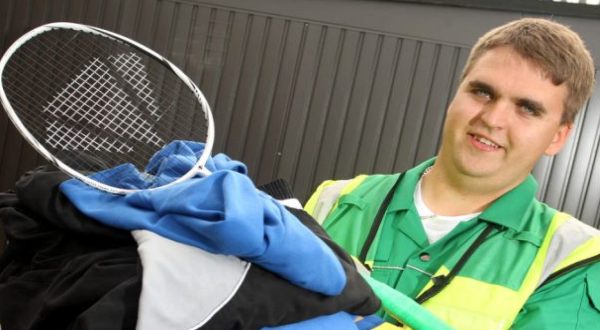 |
| Fossil beetles |
The latest technology could help paleontologists to reveal what kind of the original color of the oldest ancient animals, aged 49 million years ago. University of Bristol scientists reveal the mystery great it through their latest research, published in the Royal Society Summer Science Exhibition.
Researchers had suspected, that color of the ancient animals may be similar to preserved in the fossil. However, recent findings of structural colors in fossils of insects and feather help the scientists to solve this mystery.
Examining the structure of color in fossil insects could also give new insights for researchers about the evolution of color. In addition, this research can give knowledge related to the role of color in communication between animals in the past.
Bristol University held an exhibition titled "Colors of prehistoric animals in the fossil insects and feathers". The scientists involved in this exhibition seeks to find out the original colors of ancient animals through interactive experiments fossilization, high-tech scanning with electron microscope.
"Not many people know that fossils can show traces of color. Exhibition us are unique opportunity to stimulate thousands of people with science, particularly the hottest topics in paleontology and geology such as color fossils," said researcher Maria McNamara.
Using modern insects and feathers, the scientists perform experiments to measure the effects of pressure, temperature and chemical materials on color. This was done to see what and how color can be changed from time to time.
Scientists then check the fossil using electron microscopy and accurately identify fossils. "Fossil has a universal appeal and we hope our exhibition will create a positive impression about science to the public,"
Researchers had suspected, that color of the ancient animals may be similar to preserved in the fossil. However, recent findings of structural colors in fossils of insects and feather help the scientists to solve this mystery.
Examining the structure of color in fossil insects could also give new insights for researchers about the evolution of color. In addition, this research can give knowledge related to the role of color in communication between animals in the past.
Bristol University held an exhibition titled "Colors of prehistoric animals in the fossil insects and feathers". The scientists involved in this exhibition seeks to find out the original colors of ancient animals through interactive experiments fossilization, high-tech scanning with electron microscope.
"Not many people know that fossils can show traces of color. Exhibition us are unique opportunity to stimulate thousands of people with science, particularly the hottest topics in paleontology and geology such as color fossils," said researcher Maria McNamara.
Using modern insects and feathers, the scientists perform experiments to measure the effects of pressure, temperature and chemical materials on color. This was done to see what and how color can be changed from time to time.
Scientists then check the fossil using electron microscopy and accurately identify fossils. "Fossil has a universal appeal and we hope our exhibition will create a positive impression about science to the public,"




